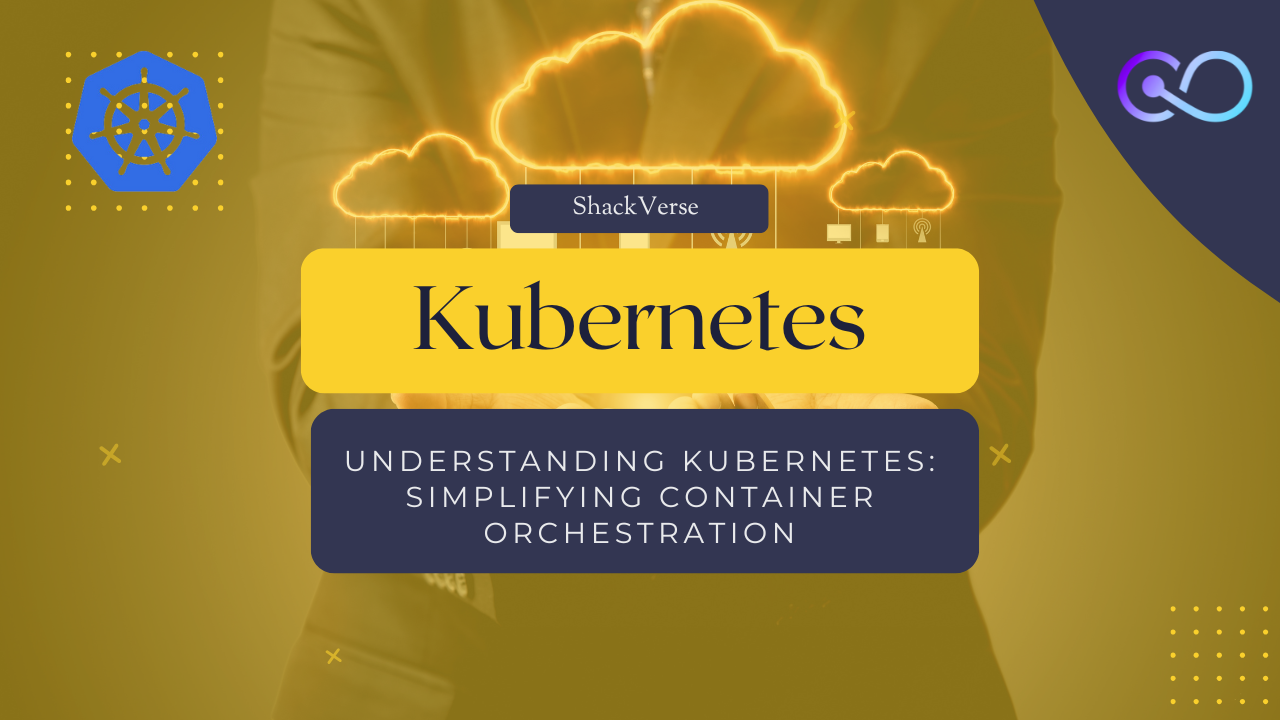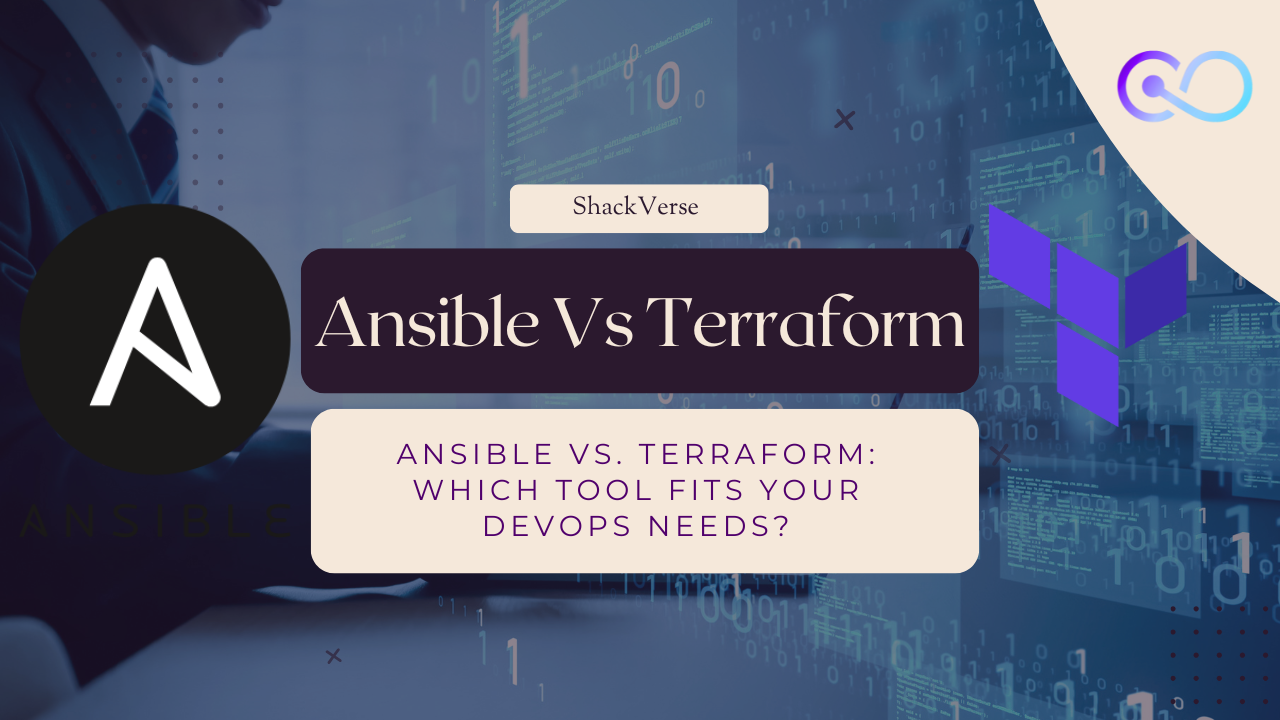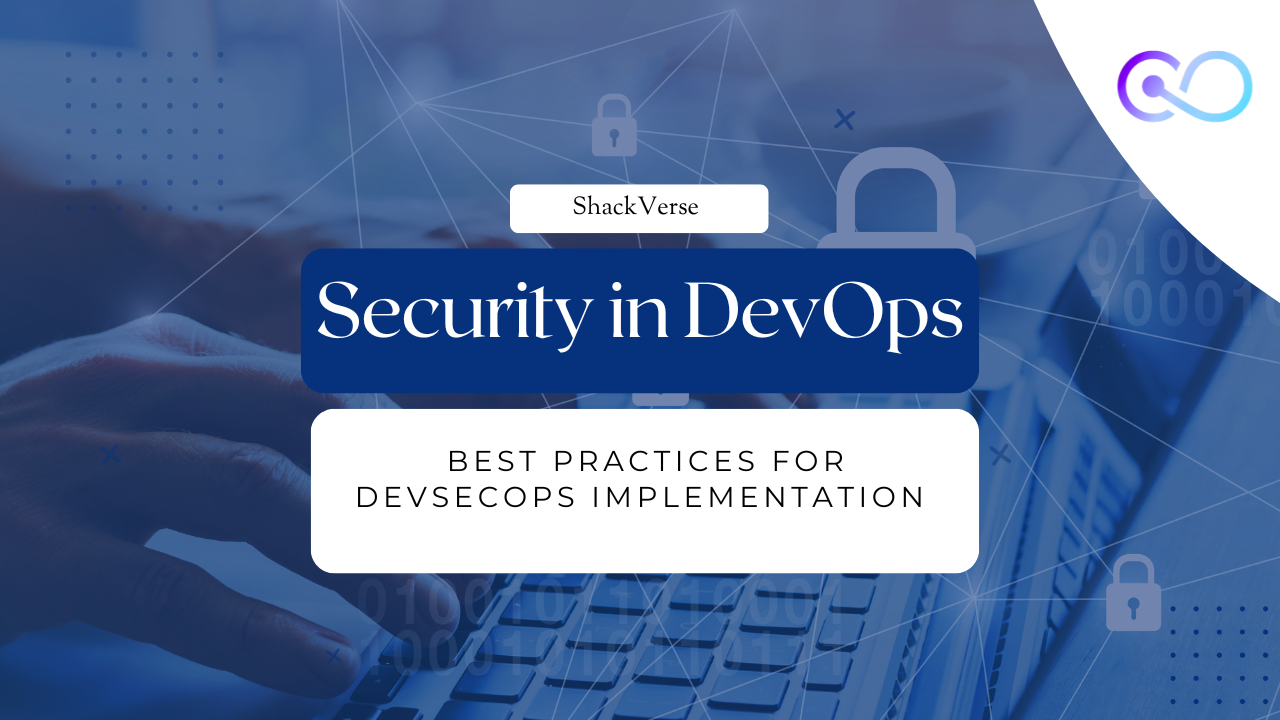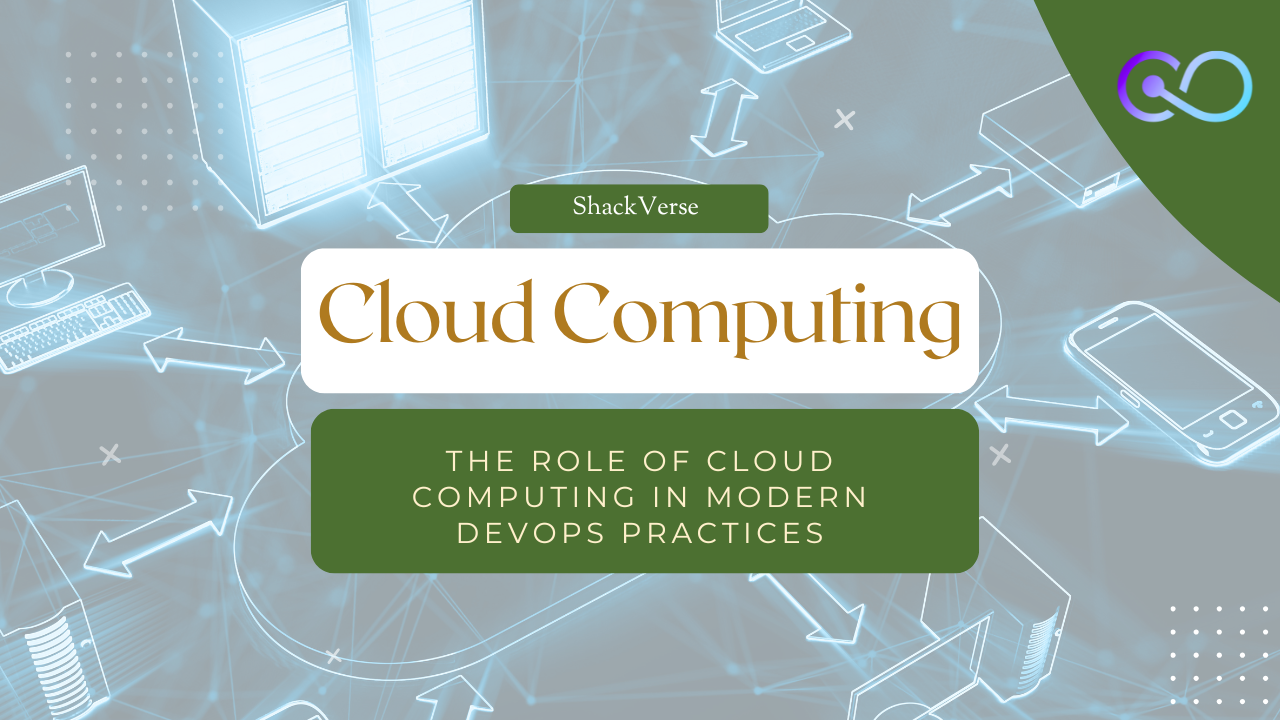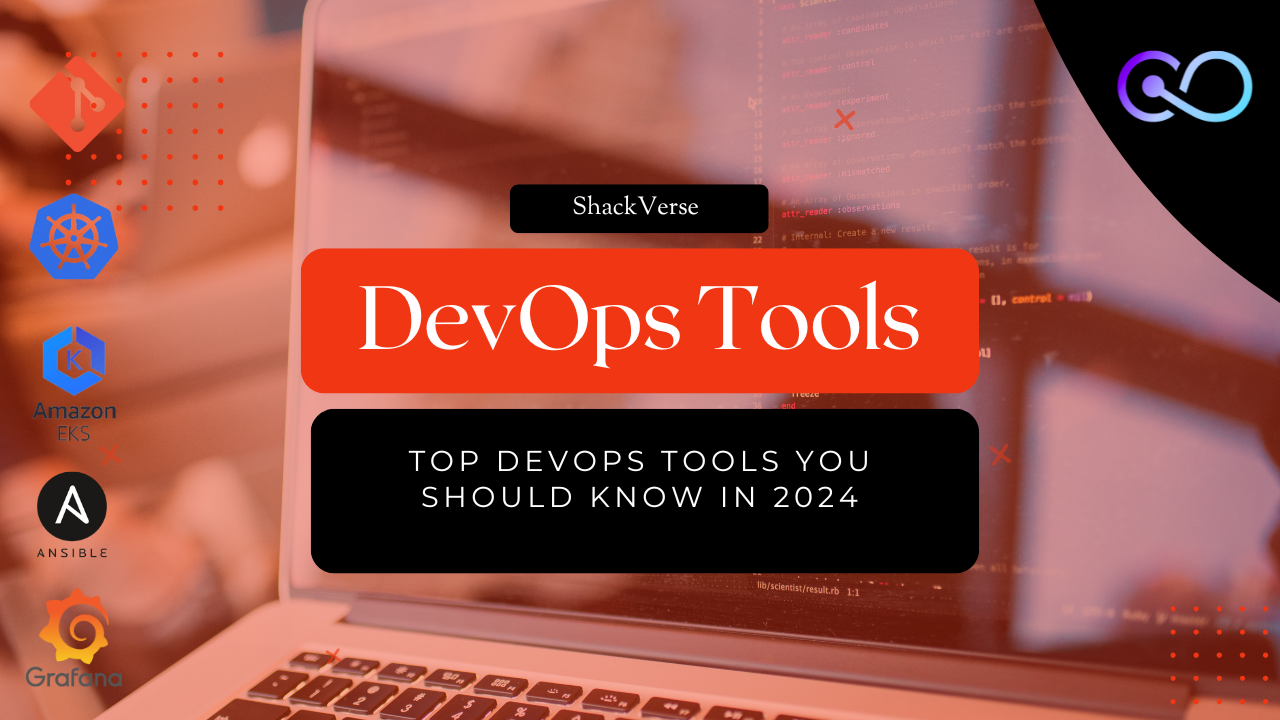Kubernetes, often abbreviated as K8s, has revolutionized the way applications are deployed and managed. As the leading container orchestration platform, it simplifies the deployment, scaling, and maintenance of containerized applications, making it an essential tool for modern DevOps practices.
What is Kubernetes?
Kubernetes is an open-source platform designed to automate the deployment, scaling, and operation of application containers. Developed by Google and now maintained by the Cloud Native Computing Foundation (CNCF), it has become the gold standard for managing containerized applications.
Key Features of Kubernetes
- Automated Scaling: Adjust application resources dynamically based on demand.
- Self-Healing: Automatically restarts failed containers and replaces unresponsive nodes.
- Service Discovery: Simplifies communication between services with built-in DNS.
- Load Balancing: Distributes traffic evenly across multiple instances of an application.
- Declarative Configuration: Manage infrastructure with YAML files for predictable deployments.
- Storage Orchestration: Seamlessly integrates with local and cloud storage solutions.
Why Use Kubernetes?
- Efficiency: Automates repetitive tasks, saving time and resources.
- Scalability: Easily scale applications up or down to handle varying workloads.
- Portability: Works across on-premise, cloud, and hybrid environments.
- Resilience: Ensures high availability with self-healing and failover mechanisms.
- Ecosystem: Integrates with a vast array of tools and services, including Helm, Prometheus, and Istio.
Core Components of Kubernetes
- Pods: The smallest deployable units, representing a single instance of an application.
- Nodes: Physical or virtual machines that run application workloads.
- Cluster: A collection of nodes managed by Kubernetes.
- Master Node: Controls and manages the cluster, handling tasks like scheduling and monitoring.
- Services: Expose applications to external traffic and enable communication between pods.
Use Cases of Kubernetes
- Microservices Architecture: Simplifies deployment and management of complex microservices.
- Continuous Deployment: Enables frequent, reliable application updates.
- Hybrid Cloud: Orchestrate containers across multiple cloud providers and on-premise systems.
- Big Data and AI Workloads: Manages large-scale data processing and machine learning pipelines.
Best Practices for Kubernetes
- Use Namespaces: Organize and isolate resources effectively.
- Automate with Helm: Simplify application deployment with Helm charts.
- Implement Security Measures: Use role-based access control (RBAC) and network policies.
- Monitor and Log: Integrate tools like Prometheus and Grafana for observability.
- Backup Configurations: Regularly back up YAML files and cluster data.
Getting Started with Kubernetes
- Install Kubernetes: Use Minikube or Kubernetes on a cloud provider like AWS, Azure, or GCP.
- Learn the Basics: Understand core concepts like pods, nodes, and services.
- Deploy Your First Application: Create a simple deployment using a YAML file.
- Explore Advanced Features: Experiment with scaling, load balancing, and storage.
Conclusion
Kubernetes is a powerful tool that simplifies the complexity of managing containerized applications. Its features, scalability, and robust ecosystem make it a must-have for modern DevOps workflows. Whether you’re running a small application or a large-scale microservices architecture, Kubernetes offers the tools and flexibility to meet your needs.
Start exploring Kubernetes today and unlock the full potential of container orchestration!


